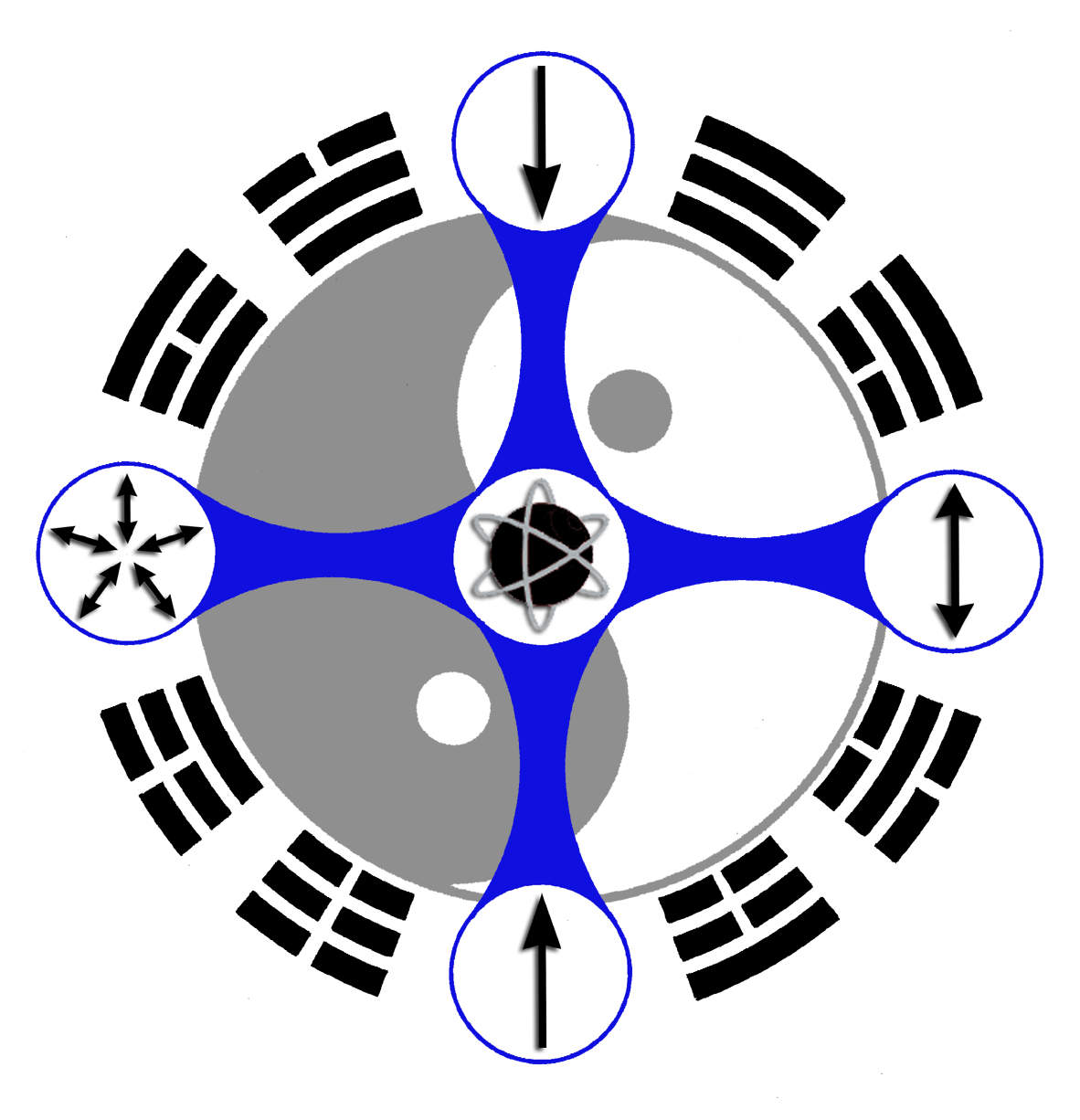Bagua for Meditation: To Advance, First Retreat
By Paul Cavel
With my new bagua online course starting today, I’ve had a handful of people who’ve asked about bagua for meditation. I suspect there are more of you out there who might want to train bagua as a form of moving meditation, as classically trained for millennia in the monastic tradition. So let’s look at what it means to meditate and how to implement Taoist Meditation in your bagua practice.
What Is Meditation?
In the Water Method, the first steps to meditation entail:
Learning how to put your mind inside your body.
Making your body conscious by feeling all of it, and increasing overall qi flow.
Stabilising your mind and stopping it from wandering or gapping out.
Opening up the dormant and stagnant areas of your body.
Releasing your nerves, tissues, joints and the deeper layers of your body.
Opening up your body, energy and mind.
In order to focus on moving through these multi-layered stages of training, you must establish a regular practice and become familiar with it to the point that it takes almost no attention to maintain. Then and only then can your mind go inside your body, rest there and attend to aspects of meditation.
This process will take at least a year and, traditionally, was practised for two years before deeper aspects of meditation were directly engaged to make sure the practitioner was stable. When the body and mind are sound and aligned, the next stages naturally unfurl of their own accord. Trying to force it or not putting in the time on the fundamentals results in a weak foundation; the quality of your foundation determines your future potential.
The Physical Body Contains the Energy Bodies
In bagua training, whether your ultimate direction is self-healing, martial arts or meditation, the foundational practices are exactly the same, allowing you to become familiar with the core techniques while setting the stage for your future development.
To become healthy, you need to open up your body, and release the stagnancies, bound tension and traumas. You also need a stable mind to become aware of them and begin moving towards resolutions.
To become a skilled martial artist, you must be strong – stagnancies, bound tension and trauma make you weak. You also need a focused mind and awareness, or you will gap out at the wrong moment.
In order to meditate, you need qi – a lot of qi – which requires a free and open body, and stamina. Without a strong foundation in Circle Walking, there is no possibility of truly meditating within bagua.
For any of these aspects to fully come online, you need that familiarity with each aspects of the practice – the walking, the postures, the threads and weaves of neigong – the nuts and bolts that come together to build an efficient and effective practice.
Also, all of this level of practice, i.e. releasing stagnancies, tension and traumas, and opening up the body, releases the energetic and emotional content trapped within the flesh, which can temporarily de-stabilise the mind. It usually takes sustained practice over time to get used to this process, and find ways to stabilise the mind and body during releases. This is why, when working on the foundation, you are already working on aspects of meditation underneath the surface. Taoist health, healing and meditation arts are inextricably intertwined; functionally and in practice, they operate along a continuum.
Wherever you go, there you are.
Your mind cannot achieve true stability if you are carrying all the signatures and content of past illnesses, injuries and traumas. When you have released these energies, your mind becomes more stable and naturally sinks deeper into yourself. The more you clear from your physical body, which contains all seven of the other energy bodies, the more you open up to the deeper aspects of your being. This prepares the stage for more profound aspects of Taoist Meditation.
Circular Learning
Of course, we are not discussing a linear path, but rather a circular one. Whenever you want to advance to the next level of training, you first return to the foundation to find your weaknesses, fix them and, in so doing, initiate the momentum to move forwards, to create positive change.
This aspect of Taoist practice is encapsulated in the wise words of Lao Tzu:
“To advance, first retreat”.
Ongoing Bagua Training
I’m always looking at ways to accommodate your feedback, and weave in the information and practices that support your reasons for studying the Water Method. If there’s a particular interest in meditation from those who are participating in my bagua programme, I could include aspects of training bagua specifically for meditation after the initial 12 months of my online bagua classes.
If you found this post useful, please LIKE, SHARE and COMMENT!
